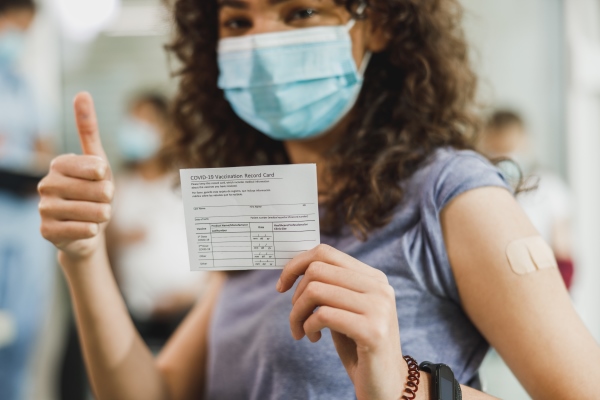EMA’s human medicines committee (CHMP) has recommended granting an extension of indication for the COVID-19 vaccine Spikevax (previously COVID-19 Vaccine Moderna) to include use in children aged 12 to 17 years. The vaccine is already authorised for use in people aged 18 and above.
The use of the Spikevax vaccine in children from 12 to 17 years of age will be the same as in people aged 18 and above. It is given as two injections in the muscles of the upper arm, four weeks apart.
The effects of Spikevax have been investigated in a study involving 3,732 children aged 12 to 17 years. This ongoing study is being carried out in accordance with Spikevax’s paediatric investigation plan (PIP), which was agreed by EMA’s Paediatric Committee (PDCO).
The study showed that Spikevax produced a comparable antibody response in 12- to 17-year-olds to that seen in young adults aged 18 to 25 years (as measured by the level of antibodies against SARS-CoV-2). In addition, none of 2,163 children receiving the vaccine developed COVID-19 compared with four of 1,073 children given a dummy injection. These results allowed the CHMP to conclude that the efficacy of Spikevax in 12- to 17-year-olds is similar to that in adults.
The most common side effects in children aged 12 to 17 are similar to those in people aged 18 and above. They include pain and swelling at the injection site, tiredness, headache, muscle and joint pain, enlarged lymph nodes, chills, nausea, vomiting and fever. These effects are usually mild or moderate and improve within a few days from the vaccination.
The CHMP noted that due to the limited number of children and adolescents included in the study, the trial could not have detected new uncommon side effects or estimated the risk of known side effects such as myocarditis (inflammation of the heart muscle) and pericarditis (inflammation of the membrane around the heart).
However, the overall safety profile of Spikevax determined in adults was confirmed in the adolescent study; the CHMP therefore considered that the benefits of Spikevax in children aged 12 to 17 outweigh the risks, in particular in those with conditions that increase the risk of severe COVID-19.
The safety and efficacy of the vaccine in both children and adults will continue to be monitored closely as it is used in vaccination campaigns across the Member States, through the EU pharmacovigilance system and ongoing and additional studies by the company and by European authorities.
How Spikevax works
Spikevax works by preparing the body to defend itself against COVID-19. It contains a molecule called messenger RNA (mRNA) which has instructions for making the spike protein. This is a protein on the surface of the SARS-CoV-2 virus which the virus needs to enter the body’s cells.
When a person is given the vaccine, some of their cells will read the mRNA instructions and temporarily produce the spike protein. The person’s immune system will then recognise this protein as foreign and produce antibodies and activate T cells (white blood cells) to attack it.
If, later on, the person comes into contact with the SARS-CoV-2 virus, their immune system will recognise it and be ready to defend the body against it.
The mRNA from the vaccine does not stay in the body but is broken down shortly after vaccination.

